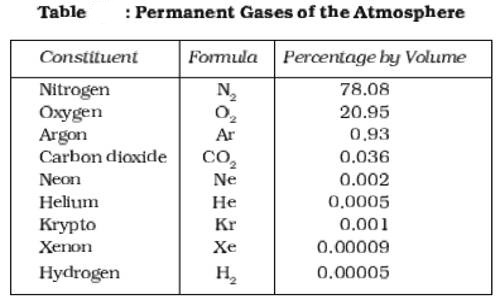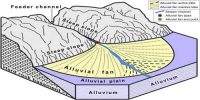Gases: Composition of Atmosphere
Carbon dioxide is meteorologically a very important gas as it is transparent to the incoming solar radiation but opaque to the outgoing terrestrial radiation. It absorbs a part of terrestrial radiation and reflects back some part of it towards the earth’s surface. It is largely responsible for the greenhouse effect. The volume of other gases is constant but the volume of carbon dioxide has been rising in the past few decades mainly because of the burning of fossil fuels. This has also increased the temperature of the air. Ozone is another important component of the atmosphere found between 10 and 50 km above the earth’s surface and acts as a filter and absorbs the ultra-violet rays radiating from the sun and prevents them from reaching the surface of the earth.

The composition of air: According to NASA, the gases in Earth’s atmosphere include:
- Nitrogen — 78 percent
- Oxygen — 21 percent
- Argon — 0.93 percent
- Carbon dioxide — 0.04 percent
Trace amounts of neon, helium, methane, krypton, and hydrogen, as well as water vapor
The atmosphere is colorless and tasteless of the gaseous mixture. It is mainly composed of about 78% of Nitrogen and 21% of Oxygen. Other gases such as Hydrogen, Carbon dioxide, Ozone and water vapor compose of only 1% of the atmosphere.














